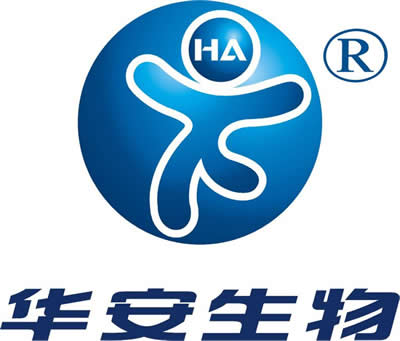
Acetyl CoA Carboxylase 1 (ACC1) 兔多克隆抗体









杭州华安生物技术有限公司成立于2007年3月,总部位于中国杭州,是一家从事抗体研发与生产的国家高新技术企业。公司致力于为全球的科研工作者和工业客户提供高品质的抗体试剂及抗体服务。
公司的产品线包括兔单抗、小鼠单抗、兔多抗、二抗、蛋白/多肽、基因敲除细胞系、抗体检测用相关试剂等。2015年,公司开始专注于高通量重组兔单克隆抗体的研发与产业化生产。
同时,公司也为客户提供定制抗体的开发、纯化和筛选服务。迄今为止,公司已累计完成超过 3000个定制抗体项目,涉及植物、动物、医学、水产、病毒等不同的科研领域。用户使用公司抗体在Science、Immunity、Nature Communications、Autophagy、Plant Cell、Cell Research等杂志上发表文章。
公司不但专注于自身技术体系的完善和升级,还注重推动产学研合作:与浙江大学、四川大学、西南大学、中国科学院遗传与发育生物学研究所等知名院校共同承担省级和国家级课题,与杭州精准医药研究中心进行深度合作,进行技术成果交流和共享。
Hangzhou HuaAn Biotechnology Co., Ltd (HuaBio) was founded in 2007. Our headquarter is located in Hangzhou, China. With over 3,000 antibodies developed, HuaBio is committed to providing high-quality antibodies and antibody services to our customers. We have products including recombinant rabbit monoclonal antibodies, mouse monoclonal antibodies, rabbit polyclonal antibodies, phosphor-specific antibodies, secondary antibodies.
HuaBio is also committed to providing the highest quality in customized antibody services . By now, we have delivered more than 3000 customized antibodies for specific applications in various fields (e.g.Neuroscience, Epigenetics, Stem Cells, Microbiology, Signal Transduction Apoptosis and etc. )




| 单位名称: |
|
详细地址:
杭州市下沙经济技术开发区高科技企业孵化器2号楼16层
|
|
qq:
794081849
|
| 联系电话: |
| Email: |



